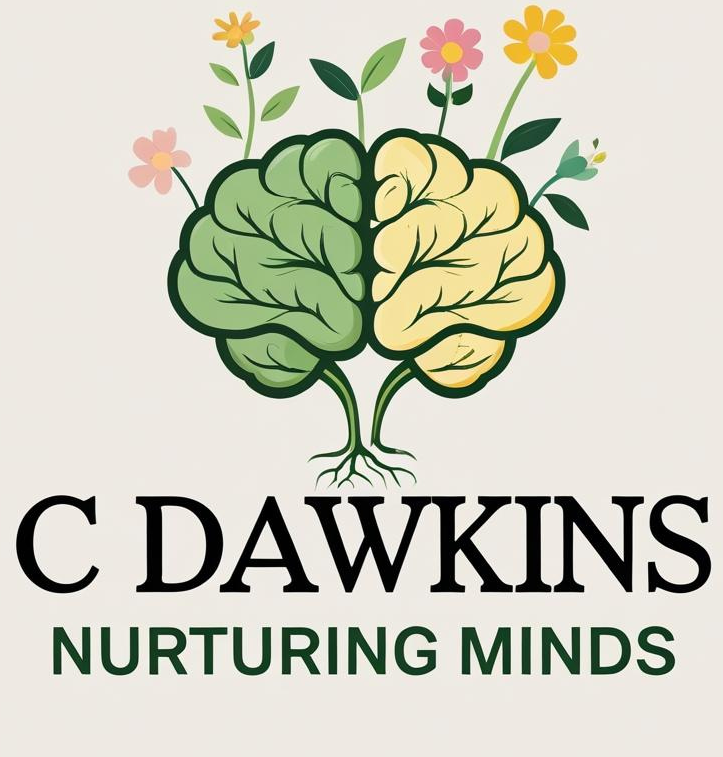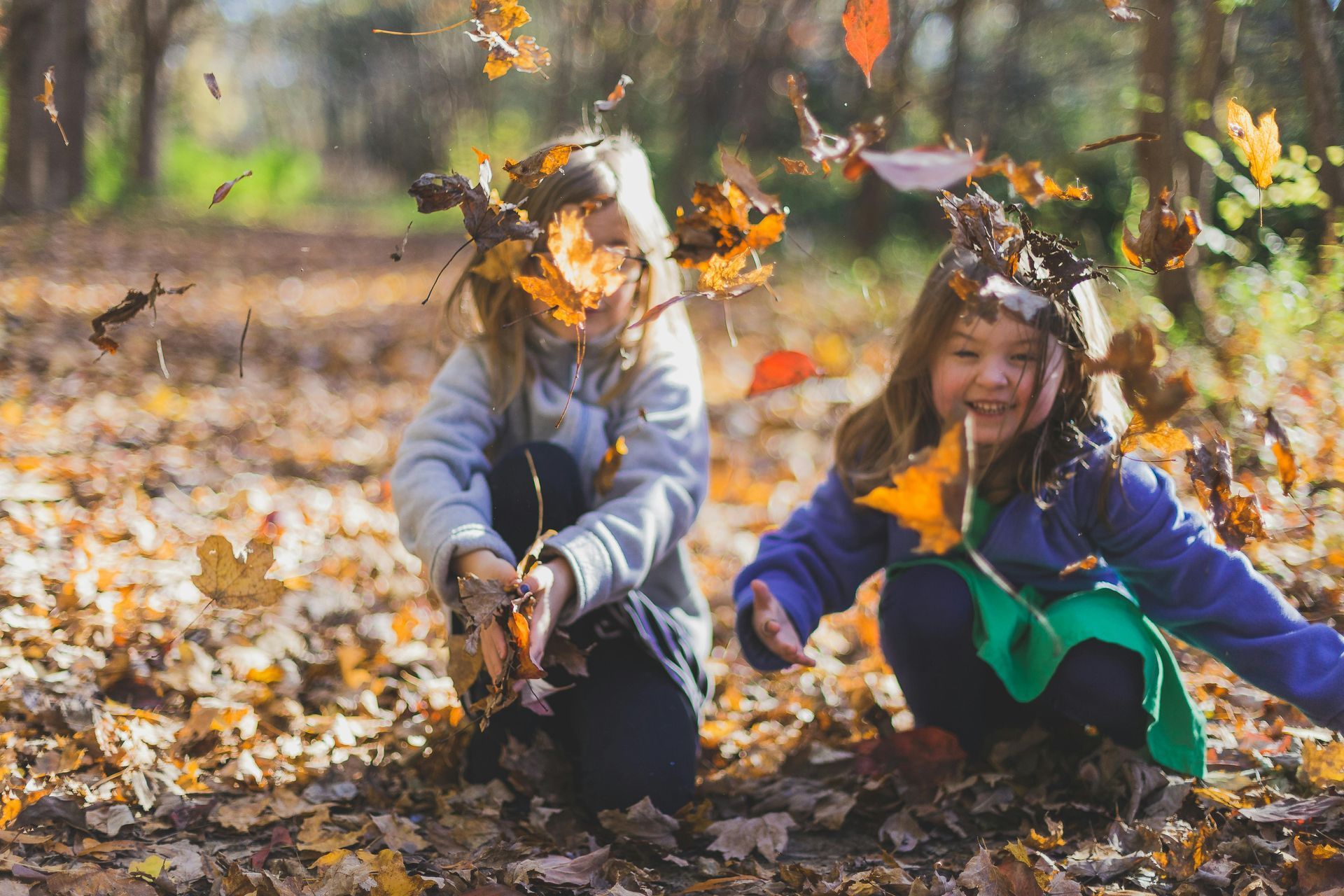Slowing Down in a World of Hustle: A Reflection for Helping Professionals
Pausing with purpose to nurture ourselves and those we serve.

In a culture that glorifies the hustle, where productivity is praised above all else, the idea of slowing down can feel radical—maybe even wrong. But for those of us who spend our days caring for others—whether through therapy, education, medicine, or social work—there is deep wisdom and necessity in pausing.
As a mental health therapist and reflective supervisor, I sit with professionals who often carry more than they realize. They're moving fast, responding to crises, juggling policies, paperwork, and people. They’ve trained themselves to be efficient, to push through, to keep going. But sometimes, the most important work happens when we stop.
Reflection is not a luxury—it’s a lifeline.
In reflective supervision, we create space to breathe. It’s not about performance or problem-solving; it’s about presence. We slow the pace to make room for noticing—What am I feeling? What am I holding? What story am I carrying home? These questions aren’t just for therapists. They are for teachers trying to hold space for a struggling child. For physicians making life-altering decisions in minutes. For caseworkers carrying the silent weight of trauma witnessed daily.
When we reflect, we don’t become less productive. We become more aligned. We remember our purpose. We reconnect with our values. We make sense of our emotional landscape, which, left unattended, can spill into burnout, fatigue, or even resentment.
Slowing down doesn’t mean stepping back—it means stepping deeper.
It’s an act of care, not just for ourselves, but for the people we serve. When we reflect, we tend to the human behind the professional. We soften the edges hardened by constant doing. We access compassion—not only for others, but for ourselves.
So I invite you, wherever you are in your professional journey, to carve out space for stillness. Schedule time to reflect, even if it’s just five minutes between meetings. Journal, breathe, speak with a trusted colleague or supervisor. And if you're in a leadership role, consider offering reflective supervision or consultation to those you support. It’s one of the most powerful tools we have to sustain meaningful, ethical, and human-centered work.
In a world that tells us to move faster, choosing to slow down is a brave and necessary act.
From my chair as a mental health therapist and reflective supervisor, I’ve learned that slowing down isn’t a pause in the work—it’s where the work deepens. – Charisse Dawkins, LCSW




